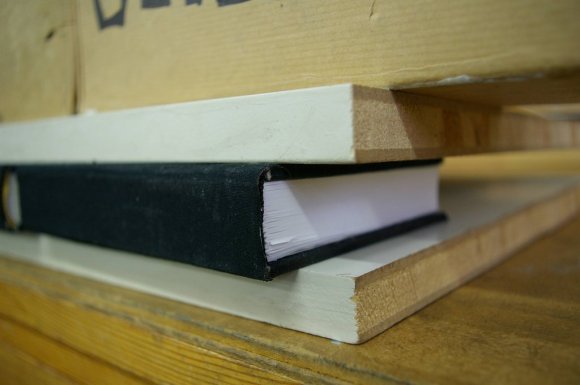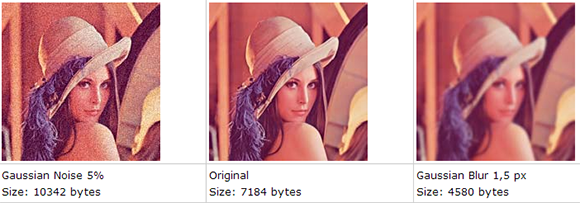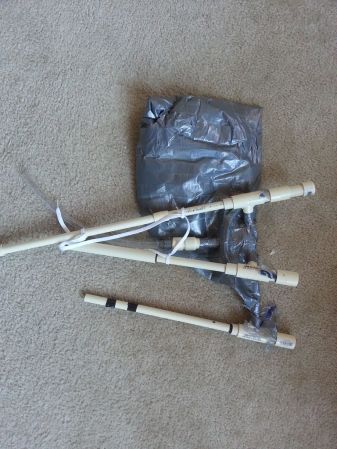
This guide will show you how to bind books by hand. The process from start to finish isn’t very difficult as long as you follow each step along the way. The final product looks great, and we can’t think of a better gift… as long as you have something meaningful on the pages.
We never really thought about the direction of the fibers in a sheet of paper, but that’s the first thing you’ll have to take into consideration here. You want the fibers running up and down when the book is in a bookcase. Next the sheets are organized into stacks of four, then folded in half forming eight pages. After stacking these packets together a series of lines are marked on the folded side. Holes are then punched from the inside at each mark using a sturdy needle. This is where the stitching for the binding will happen. Bands are added using coarse linen thread. After stitching these in place and knotting, glue is added and finally a piece of cloth is adhered to the binding and a portion of each inside cover. From there it’s onto fabricating the cover before pressing the finished project as seen above. What a piece of work!
[via Reddit]













